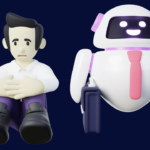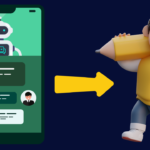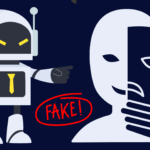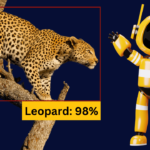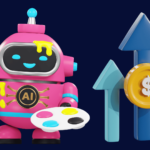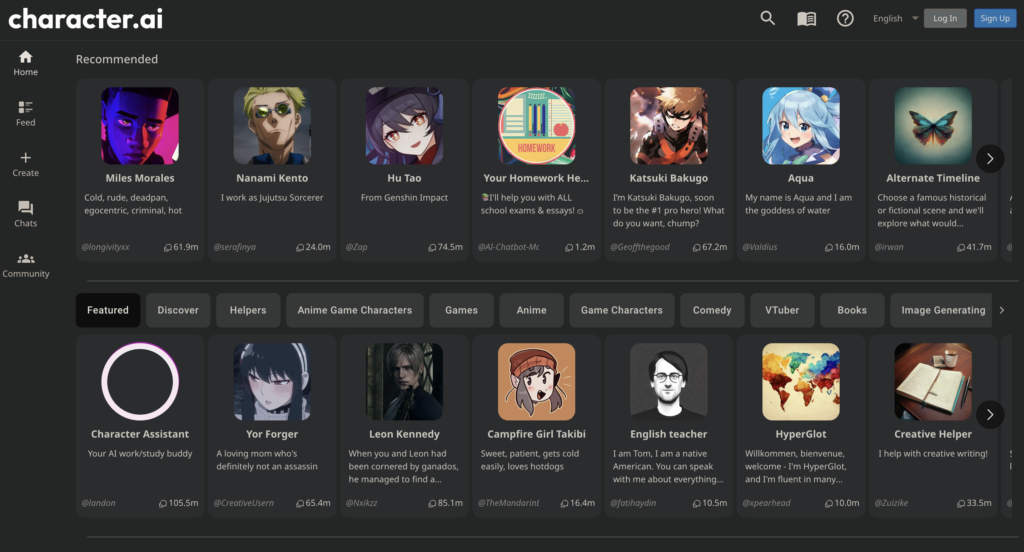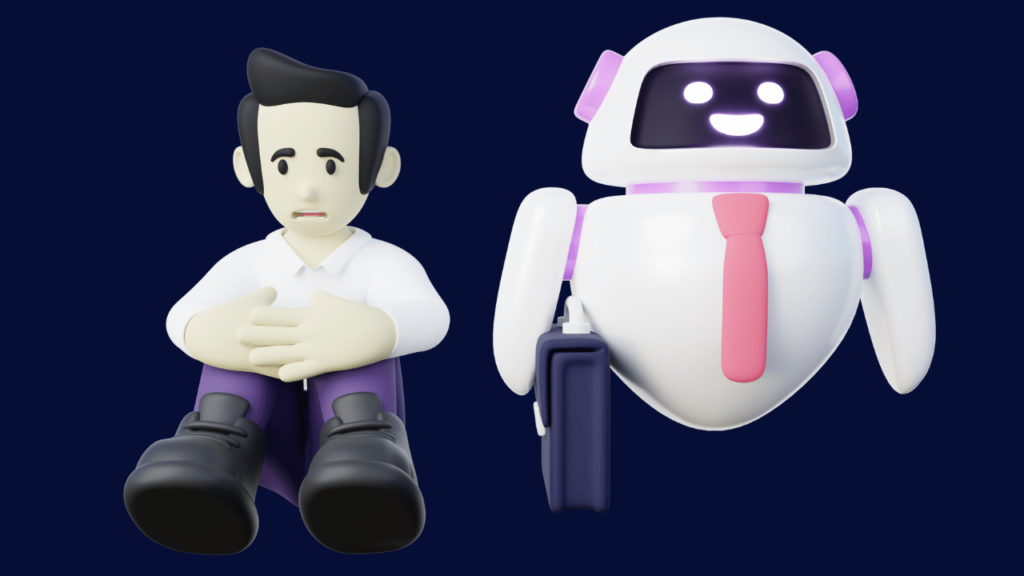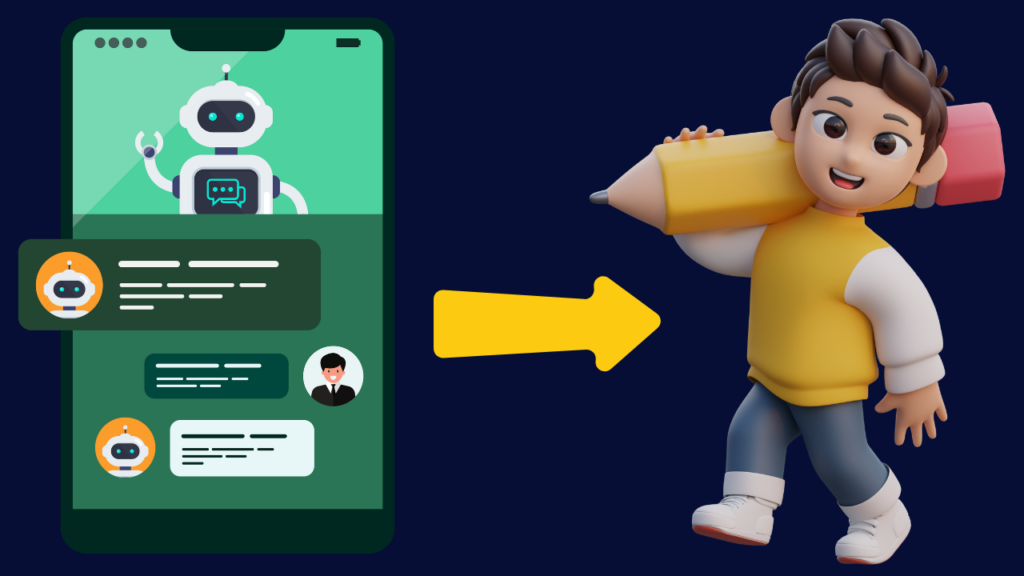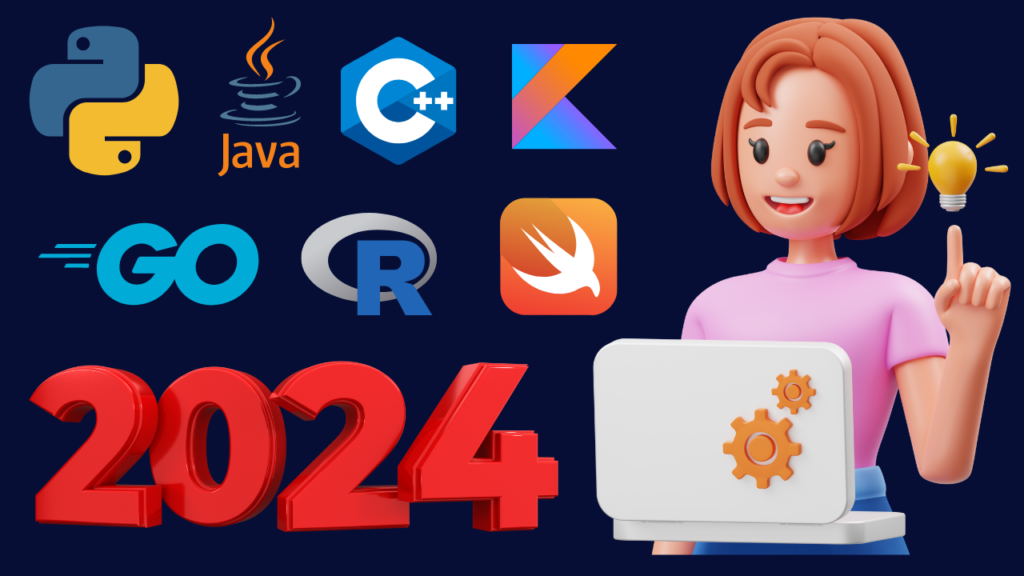The natural world faces unprecedented challenges. From habitat loss and climate change to poaching and illegal wildlife trade, countless species are on the brink of extinction. But in the midst of these threats, a powerful new tool is emerging: artificial intelligence (AI).
AI is rapidly transforming the field of wildlife conservation, offering innovative solutions to critical problems. Researchers are utilizing this technology in diverse ways, from monitoring wildlife populations and tracking endangered species to combating poaching and protecting ecosystems.
Table of Contents
ToggleAI-Powered Wildlife Identification: Seeing Beyond Human Limits
Imagine being able to automatically identify animals in vast wilderness areas, even at night. AI-powered image recognition is making this a reality. By analyzing images and videos captured by camera traps, drones, and satellites, AI algorithms can accurately identify individual animals, species, and even their behaviors.
This technology is particularly beneficial for monitoring elusive or nocturnal species, such as snow leopards, jaguars, and pangolins. By automating the identification process, researchers can save valuable time and resources that were previously spent manually analyzing images.
Real-Life Example: WildTrack
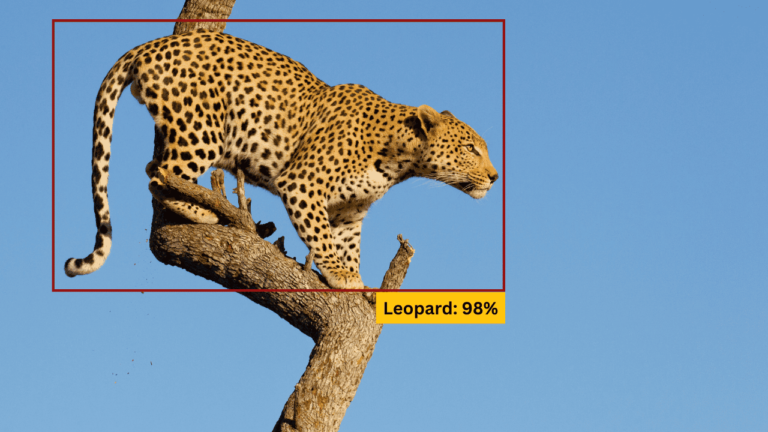
One such AI platform is WildTrack, which uses camera trap images to identify individual animals and their populations. It is currently being used to monitor endangered species like tigers, elephants, and gorillas in India, Nepal, and other parts of Southeast Asia.
Real-time Habitat Monitoring: Keeping Watch Over Ecosystems
AI goes beyond simply tracking individual animals. It also plays a crucial role in monitoring the health and changes of their habitats. Satellite imagery and drone-collected data can be analyzed by AI models to detect deforestation, track changes in water resources, and identify potential threats to biodiversity.
Real-Life Example: ForestWatch
One example of this technology in action is ForestWatch, an AI-powered system that analyzes satellite imagery to detect deforestation and illegal logging activities. It is used by governments and NGOs to protect forests in countries like Brazil, Indonesia, and the Democratic Republic of Congo.
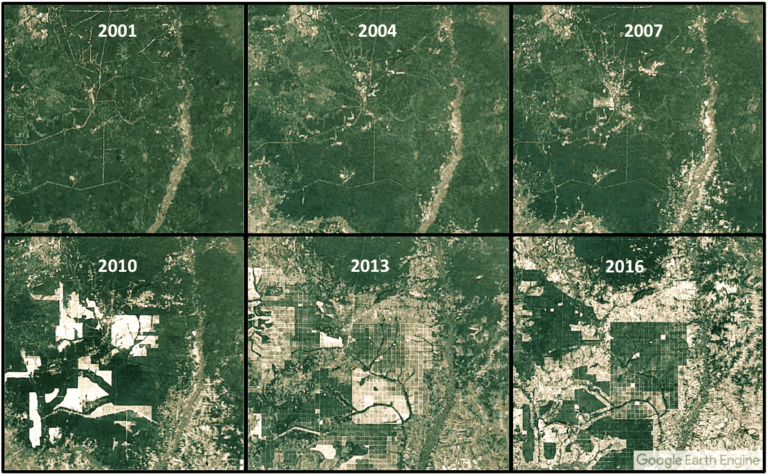
Predictive Modeling: Outsmarting Poachers and Protecting Endangered Species
Poaching remains a major threat to wildlife conservation. However, AI is offering new hope in the fight against this illegal activity. Predictive modeling algorithms can analyze past poaching incidents to identify areas at high risk and anticipate future poaching attempts.
This allows park rangers and law enforcement officials to focus their efforts on the areas most vulnerable to poaching, significantly increasing their effectiveness. Additionally, AI-powered surveillance systems are being deployed in protected areas to detect poachers in real-time, enabling quicker response times.
Real-Life Example: PoacherCam
One such system is PoacherCam, which uses facial recognition technology to identify known poachers and alert authorities in real-time. It is helping to deter poaching and protect vulnerable wildlife in South Africa and other countries.
The Future of AI in Wildlife Conservation
AI is still in its early stages of development within the field of wildlife conservation. However, its potential is undeniable. As AI technology continues to evolve, we can expect even more innovative applications to emerge, further accelerating our efforts to protect our planet’s precious wildlife and ecosystems.
Engaging the Public: Raising Awareness and Support
The use of AI in wildlife conservation presents a unique opportunity to engage the public in this critical effort. By sharing stories about how AI is helping to protect animals and their habitats, we can inspire others to take action and support conservation initiatives.
In addition, engaging citizen scientists in data collection and analysis can significantly expand the scope and effectiveness of AI-powered conservation projects. By working together, we can leverage the power of AI to ensure a thriving future for wildlife and our planet.
Conclusion
AI is revolutionizing the field of wildlife conservation, offering powerful tools and solutions to address complex challenges. From identifying individual animals to monitoring habitats and predicting poacher activity, AI is helping us protect wildlife more effectively than ever before.
As this technology continues to develop, we can anticipate even greater strides in our fight to preserve biodiversity and protect our planet’s natural wonders.
Let us embrace the potential of AI and work together to ensure a future where wildlife flourishes and ecosystems thrive.



